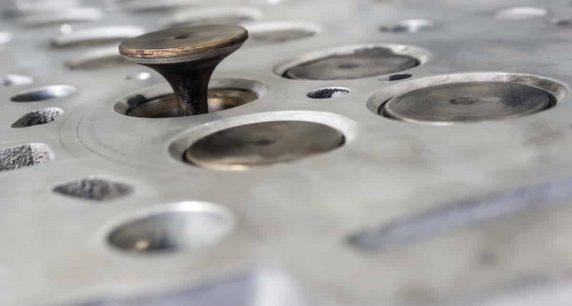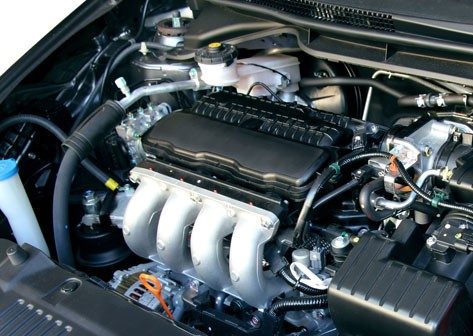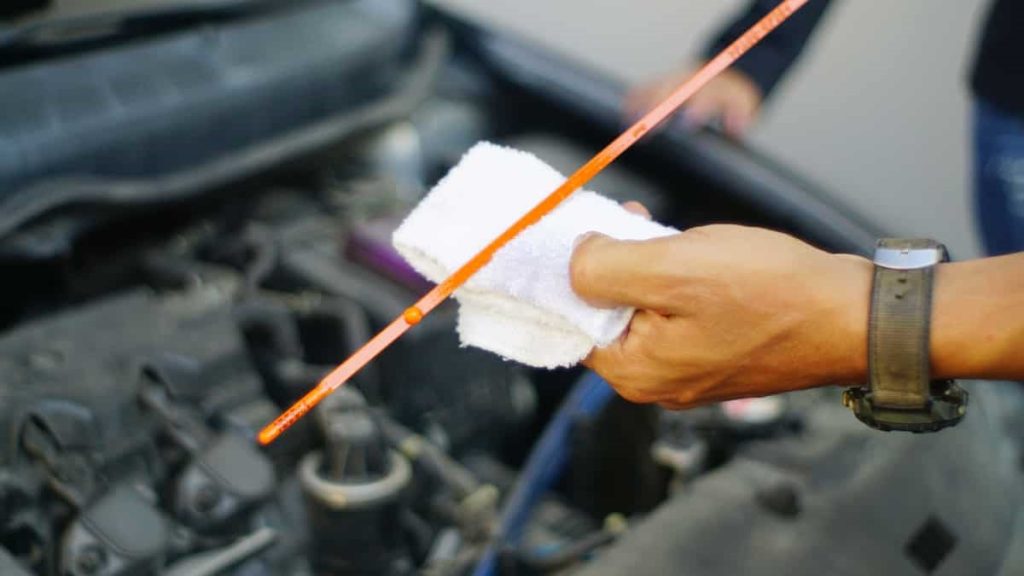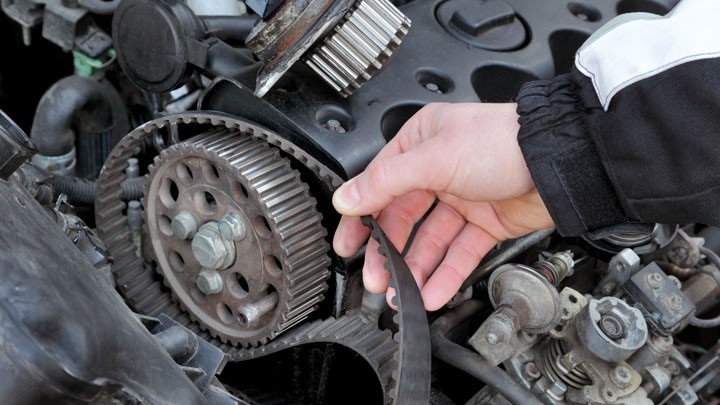5 Symptoms of Bent Engine Valves

Although we hope to never find the engine of our car in a condition that necessitates internal repair, such problems are always a possibility. It is crucial to comprehend the whole depth of the scenario at hand because fixing problems of this sort can be expensive and involved.
One concern with internal engines that needs more research is one or more bent engine valves (intake or exhaust). This kind of damage can stem from several underlying problems, some of which are more common than others.
Nevertheless, identifying the various symptoms linked to such damage is the first step in repairing an engine that has one or more marginalised valves. This enables one to choose the best course of action going forward, whatever that may entail in each circumstance.
WHAT ARE ENGINE VALVES?

The modern four-stroke internal combustion engine features both intake and exhaust valves within each combustion chamber. These valves allow fresh intake air to be introduced to each respective cylinder prior to combustion, while also allowing spent combustion gasses to be expelled into an engine’s exhaust track.
In their static position, an engine’s valves are held in the closed position, by specialty valve-mounted springs (valve springs). These valves are then forced open via mechanical force imparted by the rotation of an engine’s camshaft, either directly in the case of OHC engines, or indirectly in OHV engines.
In either case, valve actuation is a direct product of cam timing, which itself is a product of engine timing. An engine’s crankshaft and camshaft are timed to one another via a timing chain or timing belt, thereby ensuring that valve actuation is properly timed in relation to a piston’s stroke.
BENT VALVE SYMPTOMS
The presence of one or more bent valves within an engine is typically accompanied by several secondary symptoms. Recognizing these symptoms often proves beneficial when attempting to diagnose the issue at hand.
The following are several of the most common symptoms associated with a bent valve.
- Misfiring

A bent valve often leads to a misfire, due in large part to the fact that a particular cylinder is unable to intake or exhaust as designed. When attempting to diagnose this issue, the misfire that is observed will be contained to the affected cylinder.
- Backfiring
Backfiring is yet another common symptom attributed to valve damage. This condition most often presents itself when a particular cylinder’s exhaust valve is unable to seat as otherwise intended.
- Loss of Power
You might also notice that your vehicle appears to be low on power if its engine is sporting one or more bent valves.
This is due to the fact that the affected cylinder will typically exhibit some degree of compression loss, thereby hampering the combustion process as a whole.
- Abnormal Noises
If a valve is bent severely enough to hang in the open position, a certain amount of chatter or metallic clatter can often be overheard. This is the result of continued piston/valve contact. Vehicle usage should be discontinued immediately if such sounds ever become evident.
- Oil Consumption

Excess oil consumption can also signify valve damage, due to associated valve seat/guide problems. In many cases, this excessive oil consumption will be accompanied by the appearance of heavy, blue-coloured exhaust smoke, which often carries a noticeably burnt odour.
WHAT CAUSES AN ENGINE VALVE TO BEND?
- Timing Belt/Chain Failure

The most common cause of a bent valve is the failure of a timing chain or timing belt. This, of course, relies upon the fact that the engine in question is of an interference design, which describes any engine in which improper timing can result in piston/valve contact.
On the other hand, non-interference engines are not prone to damage of this type.
- Over-Revved Engine

Over-revving an engine is yet another potential cause of valve damage. When an engine is over-revved, even for a brief period, a condition known as “valve float” can occur.
The term valve float describes a situation in which an engine’s valves fail to fully cycle (open/close) as they should, potentially leading to valve/piston contact.
- Insufficient Lubrication
In extreme cases, a lack of sufficient lubrication can cause an engine’s valves to drag within their guides, ultimately creating a scenario in which valve/piston contact is possible. This can also occur when an engine’s oil has broken down due to repeated neglect of specified maintenance.
- Overheated Engine
Valve damage has also been known to occur in cases of severe or prolonged engine overheating. This overheating can lead to warpage of an engine’s internal components, including intake and exhaust valves.
How to Confirm the Valves Are Bent

There are various procedures to verify valve damage, including thorough physical inspection. Before starting the affected engine and examining the smoothness of the valve actuation, the valve cover of the engine can be removed.
Alternately, the intake and exhaust manifolds of an engine can be taken off, allowing inspection through the exposed intake and exhaust ports.
To identify compression loss, specialist equipment can also be used to detect valve deterioration. It is possible to use this equipment to perform a leak-down test to check whether an engine’s intake and exhaust valves are sealing properly.







